- Stone Center
- Blog
The Ultimate Guide to Types of Building Stones and Their Uses
21/10/2025
10/13/2025
The Ultimate Guide to Types of Building Stones and Their Uses

From the pyramids to the Parthenon, humans have been building with stones for thousands of years. Among the most used and well-known natural stone utilized for construction are basalt, limestone, travertine, and slate. Any architect, contractor, or mason will tell you that natural stone is exceptionally durable, providing an excellent return on investment.
When selecting building stones for your construction projects, understanding the unique characteristics of each type of stone is essential for achieving optimal structural integrity and visual appeal in building construction. In this blog, we'll explore different stone types and uses to give you a broad overview of their unique qualities and applications.

How Is Stone Different from Rock?
While stone and rock are used interchangeably, they are different regarding internal structure and composition. Rocks form part of the Earth's crust and are found virtually everywhere, whereas stones are hard substances like limestone or sandstone extracted from rock, for example.
The major difference is that rock is bigger and broken down to retrieve mineral elements, while stone can be cemented together to form components useful for construction. Without rock, there would be no stones. This distinction helps contractors and architects make informed decisions when selecting construction stone for building projects. Without rock, there would be no stones.
The Three Main Types of Rocks in Construction
Construction materials derived from natural stone fall into three main types of rock formations, each with unique characteristics and construction purposes.
Whether igneous, metamorphic, or sedimentary, rocks used for building materials contain different types of stone that can construct some of the most impressive architectural feats. Let's examine the three main types of rock more closely.
Igneous Rock
Named after the Latin word for fire, Igneous rocks form when hot, molten magma solidifies below the Earth's surface. This type of rock is divided into two groups, intrusive or extrusive, depending on where the molten rock solidifies. Intrusive igneous rock crystallizes below the Earth's surface, and extrusive rocks erupt onto the surface.
The igneous rock category includes some of the most durable construction materials available, with excellent resistance to fire and weathering conditions. These building stones offer superior structural integrity for construction projects requiring maximum durability.
Metamorphic Rock

Metamorphic rock starts as one type of rock, but due to pressure, heat, and time, it gradually transforms into a new rock type. Although it forms deep within the earth's crust, it's often exposed on our planet's surface after geological uplift and the erosion of rock and soil above it. These crystalline rocks tend to have a foliated texture.
Metamorphic rocks in construction offer unique visual characteristics with their distinctive layers and finer texture. The transformation process creates building materials with enhanced density and strength, making them ideal for both structural and decorative construction purposes.
Sedimentary Rock
This rock is always formed in layers called “strata” and often contains fossils. Pieces of rock are loosened by weather, then transported to a basin or depression where the sediment is trapped, and lithification (compaction) takes place. The sediment is deposited in flat, horizontal layers, with the oldest layers on the bottom and younger layers on top.
Sedimentary rock offers the most commonly used construction stone types, providing excellent workability and diverse applications. These building materials form the backbone of many construction projects due to their availability and ease of processing.
15 Most Common Types of Stones Used in Construction
Below are the ten most common types of stone that have been used for centuries and continue to form part of and be used in our modern world today.
1. Granite
This coarse-grained intrusive igneous rock is composed chiefly of quartz, feldspar, and plagioclase. Granite gets its signature color speckles from crystallization — the longer the molten rock has to cool, the larger the grains of color.
Available in white, pink, yellow, gray, and black, this building stone is lauded for its durability. As the earth's most durable and common igneous rock, granite is an excellent choice for countertops, monuments, pavements, bridges, columns, and floors.
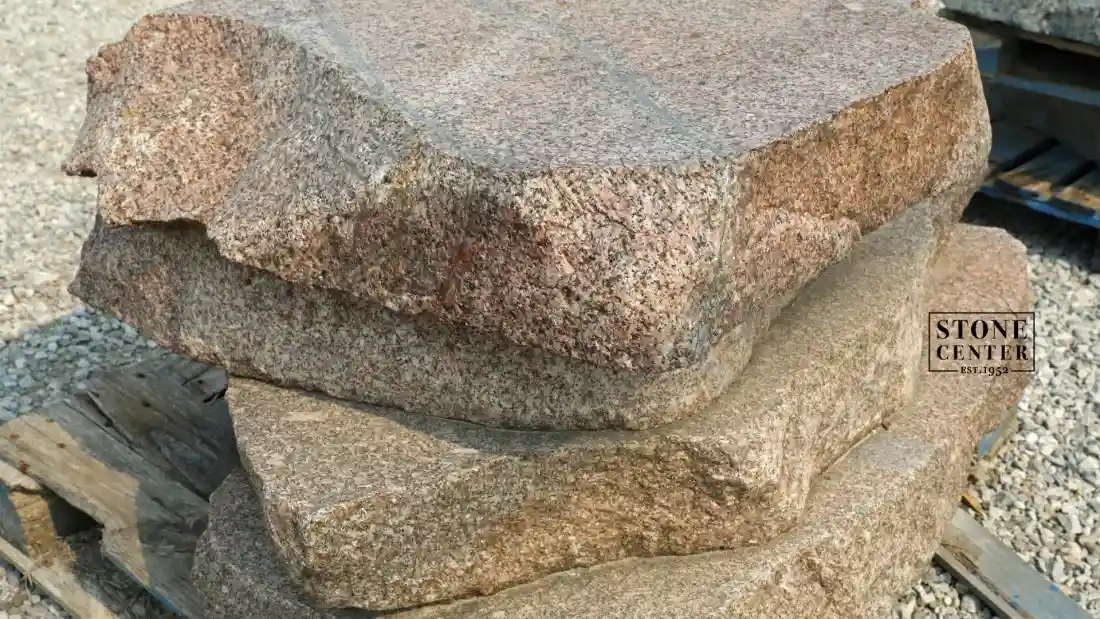
2. Sandstone
Sandstone is a classic sedimentary rock made from sand-sized silicate grains of quartz and feldspar. Tough and resistant to weather, this building material stone is often used for cladding facades and interior walls, as well as garden benches, paving material, patio tables, and swimming pool edges.
This stone may be any color like sand, but the most common colors are tan, brown, gray, white, red, and yellow. If it has a high quartz content, sandstone may even be crushed and used as a source of silica for glass manufacturing.
3. Limestone
Composed of calcite and magnesium, this soft sedimentary rock is usually gray but may also be white, yellow, or brown. From a geological perspective, limestone is formed either in deep marine water or due to water evaporation during cave formation.
A unique feature of this rock is that its primary constituent, calcite, is formed mainly by the fossilization of shell-producing and coral-building living organisms. Limestone as a building material is used in architectural applications for walls, decorative trim, and veneer.
4. Basalt
Dark and heavy, this extrusive, igneous rock makes up most of the planet's oceanic crust. Basalt is black, but after extensive weathering, may turn green or brown. Additionally, it contains some light-colored minerals like feldspar and quartz, but these are difficult to see with the naked eye.
Rich in iron and magnesium, basalt is used in construction to make building blocks, cobblestones, flooring tiles, road stone, rail track ballasts, and statues. 90% of all volcanic rock is basalt.
5. Stone Veneer
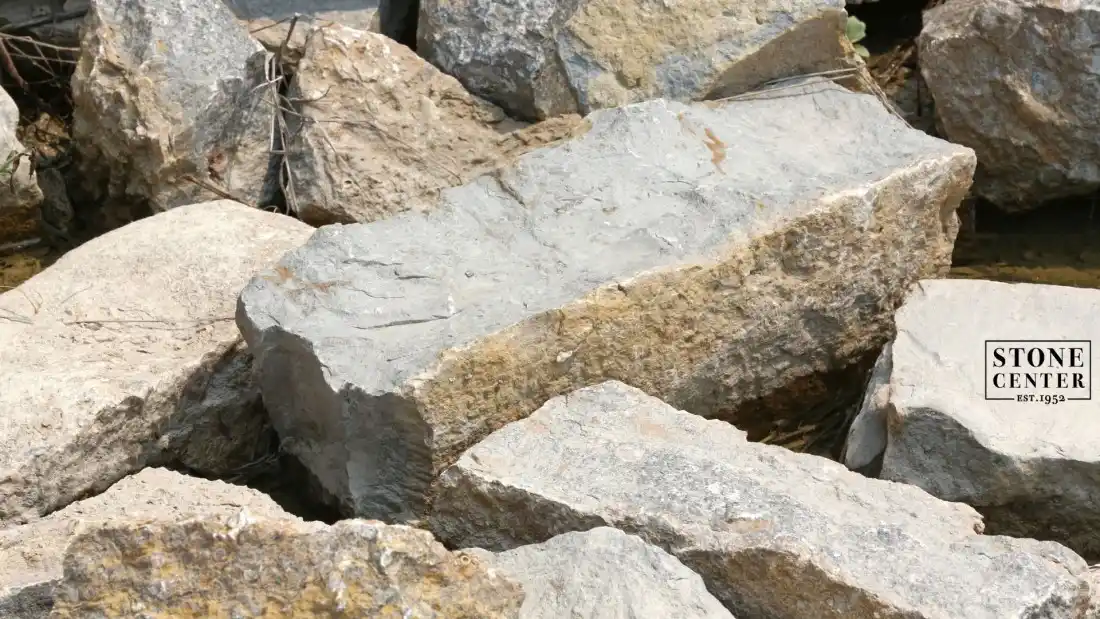
Stone veneer looks like natural stone but is a fraction of the cost and weight. Made from real stone or engineered materials, it’s perfect for enhancing the curb appeal of your home or building. Available in various styles like rustic fieldstone or sleek slate, stone veneer provides the elegance of full stone cladding without the heavy lifting.
It’s a lightweight material that’s easy to install and maintain, making it ideal for both interior and exterior applications. Whether for a modern facade or a classic design, stone veneer adds a timeless, high-end look that increases property value and creates a lasting first impression.
6. Marble
Loved, throughout the ages, for its luxury and opulence, marble is a beautiful metamorphic rock that forms when limestone is subjected to high pressure or heat. It usually contains other minerals like quartz, graphite, pyrite, and iron oxides that give it a range of hues from pink to brown, gray, green, black, or variegated coloration.
Due to its unique veining and elegant appearance, marble is the best stone for building monuments, interior decoration, table-tops, sculptures, and novelties. The most prestigious white marble is quarried in Carrara, Italy.
7. Slate
Slate is a fine-grained, foliated, homogenous sedimentary rock derived from shale rock composed of clay or volcanic ash. The original clay minerals in shale alter to micas when exposed to increasing levels of heat and pressure.
Gray in color, slate contains quartz, feldspar, calcite, pyrite, and hematite, among other minerals. It's a desirable building stone that's been utilized in construction since ancient Egyptian times. Today, it's used as roofing, flagging, decorative aggregates, and flooring because of its attractiveness and durability.

8. Pumice
Pumice is a porous igneous rock produced during volcanic eruptions. It forms so rapidly that its atoms don't have time to crystallize, essentially rendering it a solidified foam. While it occurs in various colors like white, gray, blue, cream, green, and brown, it is almost always pale.
Although fine-grained, the surface of this stone is rough. Powdered pumice is used as an aggregate in lightweight concrete for insulation, as a polishing stone, and in a variety of industrial and consumer products, as well as a polishing stone.
9. Quartzite
When quartz-rich sandstone is altered by heat, pressure, and the chemical activity of metamorphism, it turns into quartzite. During the process, sand grains and silica cement bind together, resulting in a formidable network of interlocking quartz grains.
Quartzite is usually white or light-colored, but additional materials carried by groundwater can impart hues of green, blue or iron-red. It is one of the best stones for construction of countertops, flooring, roofing tiles, and steps due to its marble-like appearance and granite-like durability.
10. Travertine
Travertine is a type of terrestrial limestone formed by mineral deposits near natural springs. This sedimentary rock has a fibrous or concentric appearance and comes in shades of white, tan, cream, and rust. Its unique texture and attractive earth tones make it popular for building applications.
This versatile stone variety is commonly used for indoor and outdoor flooring, spa walls, ceilings, facades, and wall cladding. It's an affordable option compared to other natural stones like marble, yet still maintains a luxurious appeal.
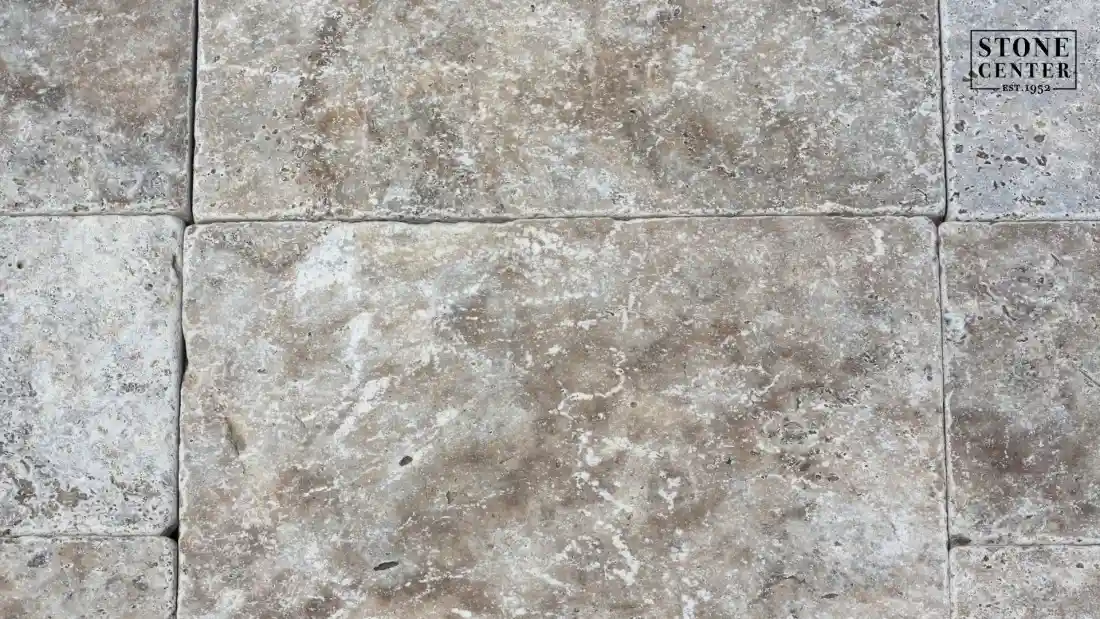
11. Alabaster
A medium-hard gypsum, alabaster is usually white and translucent with a fine uniformed grain. Its small natural grain is visible when held up to the light. Because it's a porous mineral, this stone can be dyed in a variety of colors.
It has been used for centuries to make statues, carvings, and other decorative and ornamental work. While the splendor of alabaster is undeniable, it is a soft metamorphic rock that's only really suitable for indoor applications.
12. Gneiss
Gneiss is a highly metamorphosed rock with distinctive layers and excellent structural properties. This metamorphic stone forms through intense heat and pressure, creating a durable building material with unique visual characteristics.
Characterized by its banded appearance and rich mineral content, gneiss offers exceptional durability for construction projects. The alternating light and dark layers create a natural texture that enhances visual appeal in both structural and decorative applications, though it's less common than granite and limestone.

13. Conglomerate
Conglomerate stone consists of rounded pebbles and rock fragments that finer materials cement together. This sedimentary rock creates unique visual textures, making it an interesting choice for decorative construction purposes.
Embedded stones come in various sizes, making it easy to create natural patterns that work well for walls, paving, and landscape features. Conglomerate offers good durability while providing distinctive visual appeal for construction projects requiring unique aesthetic elements, though it has irregular surfaces that can be challenging to work with.
14. Onyx
Onyx is a decorative stone popular for its translucent and striking banded patterns that allow light to pass through. It’s a unique natural stone offering exceptional visual appeal and belongs to the quartz family, providing resistance to high temperatures, chemicals, and weathering.
Though softer and less durable than granite or quartzite, onyx creates luxurious interior applications, including high-end countertops, wall panels, and decorative elements. It also has the ability to be backlit for dramatic effects, making it a premium choice for modern construction projects seeking distinctive visual impact.
15. Quartz (Engineered Stone)
Though natural quartz exists, engineered quartz is technically 90% crushed quartz combined with 6-10% polymer and resin pigments. The resulting surface is a hard, non-porous, low-maintenance, and versatile stone type for modern construction.
This construction material is widely used in contemporary building projects, from kitchen countertops to floors and luxurious outdoor areas. Its durability rivals that of natural stone while providing uniform appearance and resistance to scratches, stains, moisture, and daily wear and tear.
Ready to Choose the Perfect Stone for Your Next Project?
Understanding the different types of stones used in construction helps ensure your project will be a success. It will help you ensure you choose the right building materials for your specific construction purposes. Each type of stone has unique characteristics that make it suitable for various building applications.
At Stone Center, our experienced team provides expert guidance for selecting the ideal construction stone for residential and commercial building projects throughout Ohio. We’ve been a leading stone supplier and fabricator for decades. Contact our stone specialists today to discuss your construction materials needs and discover the best stones for your next project.
FAQ
.avif)
Jon, the owner of Stone Center, is a knowledgeable expert in natural stone products, specializing in various types of stone for landscaping and architectural projects. Passionate about promoting the beauty and versatility of natural stone, Jon aims to use these blogs to inspire readers with creative ideas to upgrade their homes.
How much does it cost to get a stone restored?
How much you end up spending to restore stone varies on the type of stone, the technique, and the stone’s current condition. Stone in good condition will cost less to restore, whereas stone that has a lot of wear and tear may require a longer restoration.




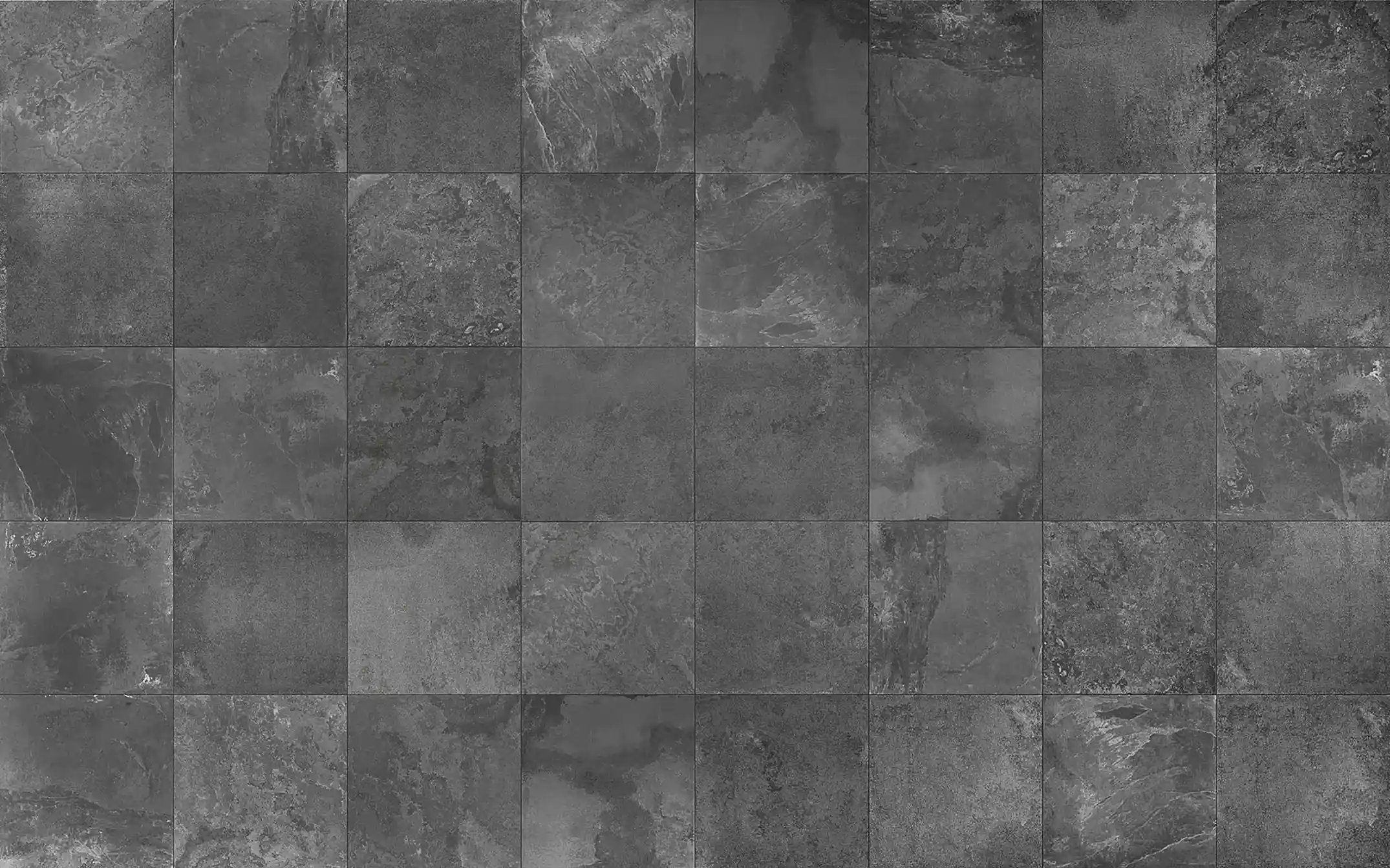
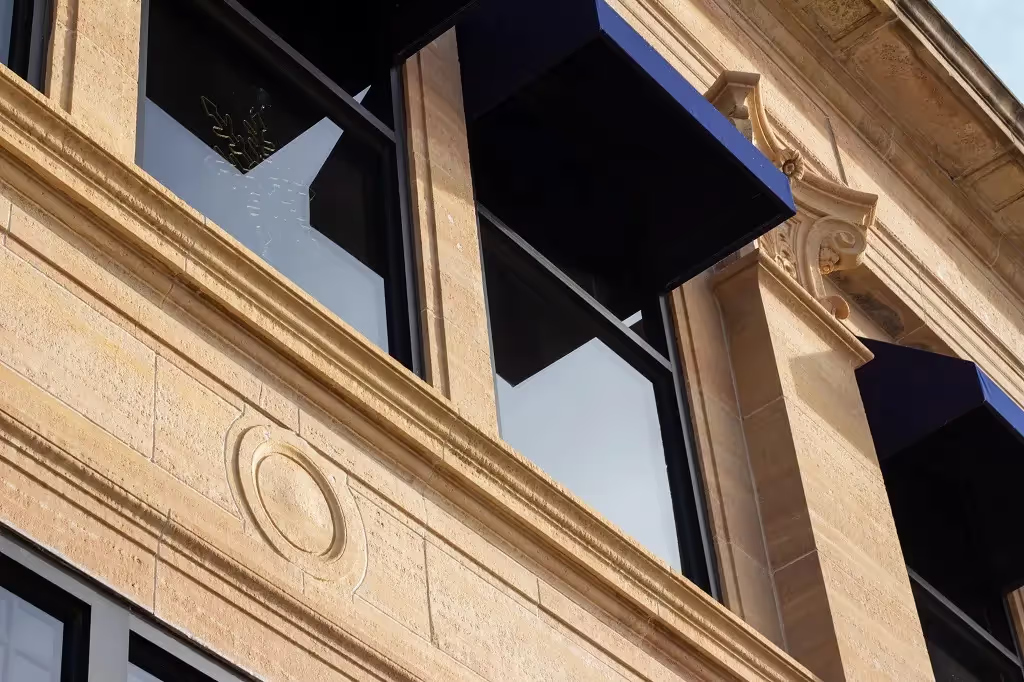

.avif)
.avif)
.avif)
%20(1).avif)
